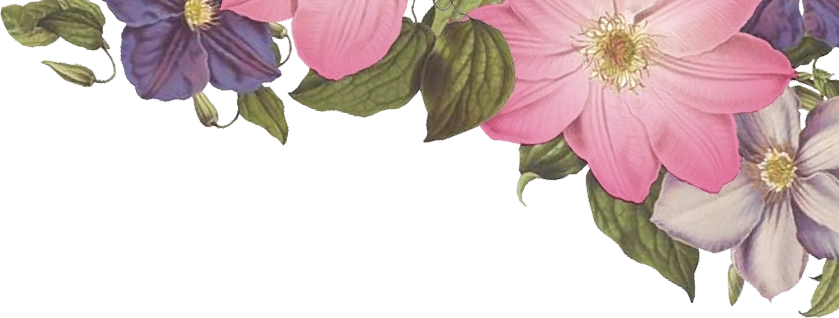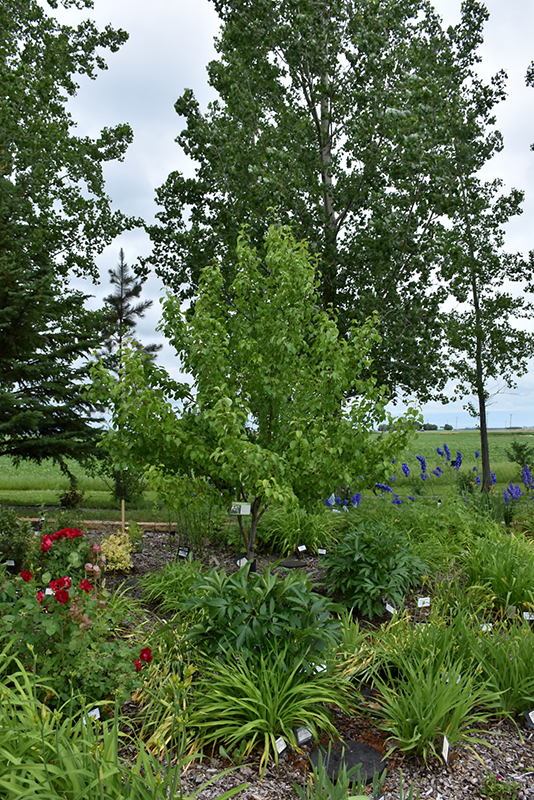WHAT WOULD YOU LIKE TO PLANT?
Height: 25 feet
Spread: 10 feet
Sunlight:
![]()
Hardiness Zone: 3
Other Names: Ussurian Pear
Description:
This home orchard tree features showy white flowers in spring, good fall color and a narrower, columnar shape; firm yellow fruit is good for fresh eating or preserves; fallen fruit can be messy; better yield with pollinator; very resistant to fireblight
Edible Qualities
Paul's Pear is a medium-sized tree that is typically grown for its edible qualities. It produces large yellow oblong pears (which are botanically known as 'pomes') with a red blush and white flesh which are usually ready for picking from late summer to early fall. The fruit will often fade to gold over time. The pears have a sweet taste and a crisp texture.
The pears are most often used in the following ways:
- Fresh Eating
- Cooking
- Baking
- Preserves
- Canning
Features & Attributes
Paul's Pear is smothered in stunning clusters of white flowers with dark red anthers along the branches in mid spring. It has dark green deciduous foliage. The glossy oval leaves turn an outstanding burgundy in the fall. The fruits are showy yellow pears with a red blush and which fade to gold over time, which are carried in abundance from late summer to early fall. The fruit can be messy if allowed to drop on the lawn or walkways, and may require occasional clean-up.
This is a dense deciduous tree with a narrowly upright and columnar growth habit. Its average texture blends into the landscape, but can be balanced by one or two finer or coarser trees or shrubs for an effective composition. This is a high maintenance plant that will require regular care and upkeep, and is best pruned in late winter once the threat of extreme cold has passed. Gardeners should be aware of the following characteristic(s) that may warrant special consideration;
- Messy
Aside from its primary use as an edible, Paul's Pear is sutiable for the following landscape applications;
- Accent
- Shade
- Orchard/Edible Landscaping
Planting & Growing
Paul's Pear will grow to be about 25 feet tall at maturity, with a spread of 10 feet. It has a low canopy with a typical clearance of 3 feet from the ground, and should not be planted underneath power lines. It grows at a fast rate, and under ideal conditions can be expected to live for 70 years or more. While it is considered to be somewhat self-pollinating, it tends to set heavier quantities of fruit with a different variety of the same species growing nearby.
This tree is typically grown in a designated area of the yard because of its mature size and spread. It should only be grown in full sunlight. It does best in average to evenly moist conditions, but will not tolerate standing water. This plant should not require much in the way of fertilizing once established, although it may appreciate a shot of general-purpose fertilizer from time to time early in the growing season. It is not particular as to soil type or pH. It is highly tolerant of urban pollution and will even thrive in inner city environments. This is a selected variety of a species not originally from North America.



